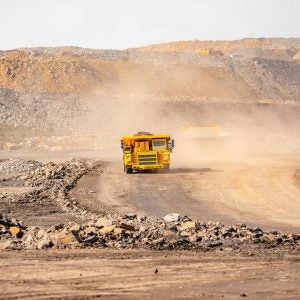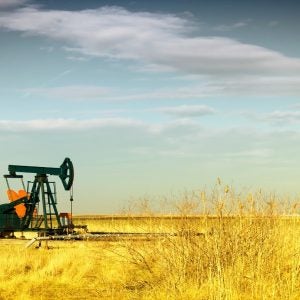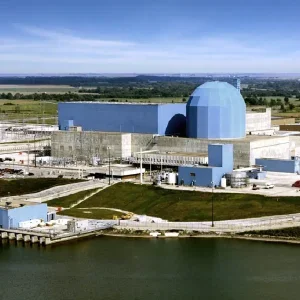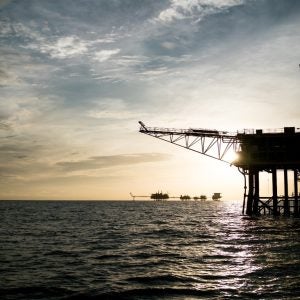The settlement will resolve claims that the company violated the New Source Review provisions of the Clean Air Act by unlawfully constructing major modifications at its plants without obtaining required permits and installing and operating the best available air pollution control technology, as the Act requires.
EPA expects that the actions required by the settlement will reduce harmful emissions by over 13,350 tons per year, which includes approximately 8,500 tons per year of sulfur dioxide. The company estimates that it will spend over $500 million to implement the required measures.
The settlement also requires that the company pay a civil penalty of $1.4 million to resolve Clean Air Act violations and spend at least $4.2 million on environmental projects to benefit local communities. The state of Minnesota is co-plaintiff to the settlement and will receive $200,000 of the penalty.
EPA’s Office of Enforcement and Compliance Assurance assistant administrator Cynthia Giles said: "Reducing harmful emissions from large sources of air pollution is a national priority for EPA.
"By meeting some of the lowest emission rates in the country, Minnesota Power will continue to provide energy to communities across northeastern Minnesota, while at the same time, reducing sulfur dioxide and nitrogen oxide in the air, which can pose serious health risks."
The settlement requires that the company install pollution control technology and implement other measures to reduce sulfur dioxide (SO2), nitrogen oxide (NOx), and particulate matter emissions from its three coal-fired power plants, which include nine operating units, as well as a biomass-and-coal-fired cogeneration plant which provides power and steam to an adjacent paper mill.
Among other requirements, the company must install control technologies and meet emission rates that will be among some of the lowest in the country for SO2 at its largest unit and for both SO2 and NOx at the second largest unit.
In addition, the company must retire, refuel, repower, or reroute emissions at five other units, and must meet emission rates and install additional control technologies at remaining units. The company also must comply with declining system-wide annual tonnage limits for both SO2 and NOx.






